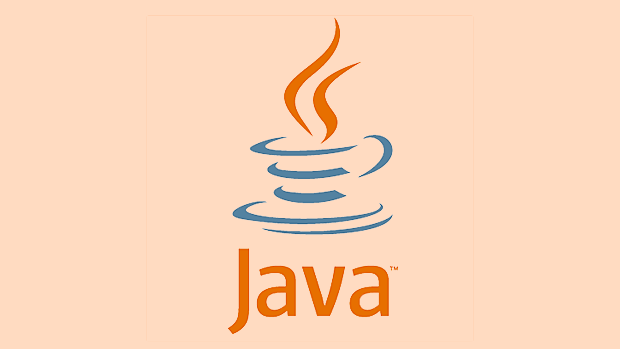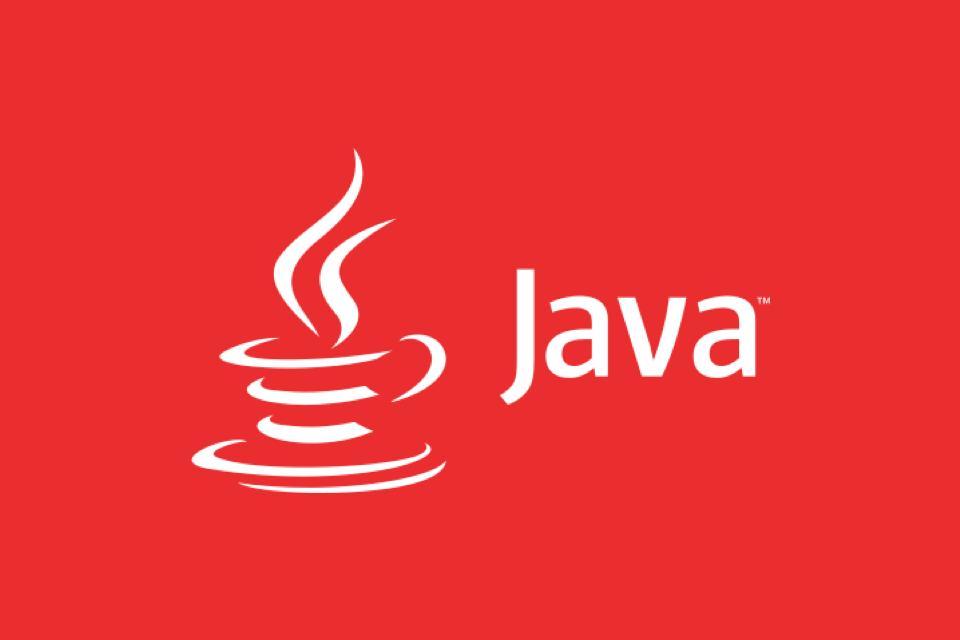Use Optional

Handling null values effectively is a critical part of writing robust and maintainable Java code. While null has been part of Java since the beginning, modern Java (Java 8 and beyond) offers better tools and practices to minimize the risks of NullPointerException and improve code clarity. Here’s how to handle nulls effectively in modern Java.

1. Use Optional<t></t> for Return Types and Method Parameters (When Appropriate)
The Optional<t></t> class, introduced in Java 8, is designed to represent optional values — that is, values that may or may not be present. It’s best used as a return type to signal that a method might not return a value.
Good use case:

public Optional<String> findNameById(int id) {
// return Optional.empty() if not found
// or Optional.of(name) if found
}Avoid using Optional for:
- Method parameters
- Fields in classes
- Collections (e.g.,
List<Optional<String>>)
These uses go against its intended purpose and can make code harder to read.

Best practices with Optional:
- Use
Optional.ofNullable()to wrap potentially null values. - Use
orElse(),orElseGet(), ororElseThrow()to handle absence. - Prefer
orElseGet()overorElse()when the default involves expensive computation.
String result = findNameById(123)
.orElseGet(() -> fetchDefaultName()); // Lazy evaluation2. Validate Inputs Early with Objects.requireNonNull()
Fail fast — check for null arguments at the beginning of methods, especially public APIs.
public void processUser(User user) {
Objects.requireNonNull(user, "User must not be null");
// proceed safely
}This throws a NullPointerException with a custom message if the argument is null, making debugging easier.
For more comprehensive validation, consider using frameworks like Jakarta Bean Validation (@NotNull, @Valid), especially in REST APIs or service layers.
3. Use @Nullable and @NonNull Annotations
Annotations help static analysis tools (like IntelliJ IDEA, Eclipse, or SpotBugs) catch potential null issues at compile time.
Popular annotation packages:
org.jetbrains.annotations.Nullablejavax.annotation.Nullableandroidx.annotation.Nullable(for Android)
Example:
public String formatName(@Nullable String name) {
return name != null ? name.trim().toUpperCase() : "UNKNOWN";
}When used consistently, these annotations make APIs more self-documenting and reduce runtime surprises.
Note: These are not enforced by the Java compiler by default, but IDEs and tools can warn you about potential issues.
4. Leverage Safe Utility Methods
Use built-in utilities to avoid manual null checks.
Objects.equals()– safely compares two references, handlingnulls:if (Objects.equals(str1, str2)) { ... }Objects.hash()– generates hash code even if fields arenull.String.valueOf()vstoString():String.valueOf(null)returns"null"(safe)null.toString()throwsNullPointerException
Collections: Prefer immutable empty collections over
null:public List<String> getTags() { return tags != null ? tags : Collections.emptyList(); }
Better yet, initialize collections to empty by default:
private List<String> tags = new ArrayList<>();
5. Design APIs to Avoid null Returns
Instead of returning null, consider:
- Returning
Optional<T>for single values - Returning empty collections or arrays instead of
null - Using sentinel objects or default values when appropriate
Bad:
public List<String> getActiveUsers() {
return users == null || users.isEmpty() ? null : filterActive(users);
}Better:
public List<String> getActiveUsers() {
return filterActive(users); // return empty list if none
}Returning predictable, non-null values reduces the burden on callers.
6. Use Records and Immutability (Java 14 )
Records (introduced in Java 14) promote immutability and clean data modeling. While they don’t prevent null in fields, combining them with defensive copying and validation helps.
public record Person(String name, int age) {
public Person {
Objects.requireNonNull(name);
}
}This ensures every Person has a non-null name upon creation.
Final Thoughts
Modern Java gives you the tools to reduce reliance on null and write safer code:
- Use
Optionalfor return types - Fail fast with
requireNonNull - Annotate to clarify intent
- Return safe defaults instead of
null - Leverage utilities and immutability
The goal isn’t to eliminate null entirely (it’s still part of the language), but to minimize its surprises and make your code more expressive and less error-prone.
Basically: design with intent, validate early, and use the right abstractions.
The above is the detailed content of How to Handle Nulls Effectively in Modern Java. For more information, please follow other related articles on the PHP Chinese website!

Hot AI Tools

Undress AI Tool
Undress images for free

Undresser.AI Undress
AI-powered app for creating realistic nude photos

AI Clothes Remover
Online AI tool for removing clothes from photos.

Clothoff.io
AI clothes remover

Video Face Swap
Swap faces in any video effortlessly with our completely free AI face swap tool!

Hot Article

Hot Tools

Notepad++7.3.1
Easy-to-use and free code editor

SublimeText3 Chinese version
Chinese version, very easy to use

Zend Studio 13.0.1
Powerful PHP integrated development environment

Dreamweaver CS6
Visual web development tools

SublimeText3 Mac version
God-level code editing software (SublimeText3)

Hot Topics
 What is the `enum` type in Java?
Jul 02, 2025 am 01:31 AM
What is the `enum` type in Java?
Jul 02, 2025 am 01:31 AM
Enums in Java are special classes that represent fixed number of constant values. 1. Use the enum keyword definition; 2. Each enum value is a public static final instance of the enum type; 3. It can include fields, constructors and methods to add behavior to each constant; 4. It can be used in switch statements, supports direct comparison, and provides built-in methods such as name(), ordinal(), values() and valueOf(); 5. Enumeration can improve the type safety, readability and flexibility of the code, and is suitable for limited collection scenarios such as status codes, colors or week.
 What is the interface segregation principle?
Jul 02, 2025 am 01:24 AM
What is the interface segregation principle?
Jul 02, 2025 am 01:24 AM
Interface Isolation Principle (ISP) requires that clients not rely on unused interfaces. The core is to replace large and complete interfaces with multiple small and refined interfaces. Violations of this principle include: an unimplemented exception was thrown when the class implements an interface, a large number of invalid methods are implemented, and irrelevant functions are forcibly classified into the same interface. Application methods include: dividing interfaces according to common methods, using split interfaces according to clients, and using combinations instead of multi-interface implementations if necessary. For example, split the Machine interfaces containing printing, scanning, and fax methods into Printer, Scanner, and FaxMachine. Rules can be relaxed appropriately when using all methods on small projects or all clients.
 Asynchronous Programming Techniques in Modern Java
Jul 07, 2025 am 02:24 AM
Asynchronous Programming Techniques in Modern Java
Jul 07, 2025 am 02:24 AM
Java supports asynchronous programming including the use of CompletableFuture, responsive streams (such as ProjectReactor), and virtual threads in Java19. 1.CompletableFuture improves code readability and maintenance through chain calls, and supports task orchestration and exception handling; 2. ProjectReactor provides Mono and Flux types to implement responsive programming, with backpressure mechanism and rich operators; 3. Virtual threads reduce concurrency costs, are suitable for I/O-intensive tasks, and are lighter and easier to expand than traditional platform threads. Each method has applicable scenarios, and appropriate tools should be selected according to your needs and mixed models should be avoided to maintain simplicity
 Differences Between Callable and Runnable in Java
Jul 04, 2025 am 02:50 AM
Differences Between Callable and Runnable in Java
Jul 04, 2025 am 02:50 AM
There are three main differences between Callable and Runnable in Java. First, the callable method can return the result, suitable for tasks that need to return values, such as Callable; while the run() method of Runnable has no return value, suitable for tasks that do not need to return, such as logging. Second, Callable allows to throw checked exceptions to facilitate error transmission; while Runnable must handle exceptions internally. Third, Runnable can be directly passed to Thread or ExecutorService, while Callable can only be submitted to ExecutorService and returns the Future object to
 Best Practices for Using Enums in Java
Jul 07, 2025 am 02:35 AM
Best Practices for Using Enums in Java
Jul 07, 2025 am 02:35 AM
In Java, enums are suitable for representing fixed constant sets. Best practices include: 1. Use enum to represent fixed state or options to improve type safety and readability; 2. Add properties and methods to enums to enhance flexibility, such as defining fields, constructors, helper methods, etc.; 3. Use EnumMap and EnumSet to improve performance and type safety because they are more efficient based on arrays; 4. Avoid abuse of enums, such as dynamic values, frequent changes or complex logic scenarios, which should be replaced by other methods. Correct use of enum can improve code quality and reduce errors, but you need to pay attention to its applicable boundaries.
 Understanding Java NIO and Its Advantages
Jul 08, 2025 am 02:55 AM
Understanding Java NIO and Its Advantages
Jul 08, 2025 am 02:55 AM
JavaNIO is a new IOAPI introduced by Java 1.4. 1) is aimed at buffers and channels, 2) contains Buffer, Channel and Selector core components, 3) supports non-blocking mode, and 4) handles concurrent connections more efficiently than traditional IO. Its advantages are reflected in: 1) Non-blocking IO reduces thread overhead, 2) Buffer improves data transmission efficiency, 3) Selector realizes multiplexing, and 4) Memory mapping speeds up file reading and writing. Note when using: 1) The flip/clear operation of the Buffer is easy to be confused, 2) Incomplete data needs to be processed manually without blocking, 3) Selector registration must be canceled in time, 4) NIO is not suitable for all scenarios.
 Exploring Different Synchronization Mechanisms in Java
Jul 04, 2025 am 02:53 AM
Exploring Different Synchronization Mechanisms in Java
Jul 04, 2025 am 02:53 AM
Javaprovidesmultiplesynchronizationtoolsforthreadsafety.1.synchronizedblocksensuremutualexclusionbylockingmethodsorspecificcodesections.2.ReentrantLockoffersadvancedcontrol,includingtryLockandfairnesspolicies.3.Conditionvariablesallowthreadstowaitfor
 How Java ClassLoaders Work Internally
Jul 06, 2025 am 02:53 AM
How Java ClassLoaders Work Internally
Jul 06, 2025 am 02:53 AM
Java's class loading mechanism is implemented through ClassLoader, and its core workflow is divided into three stages: loading, linking and initialization. During the loading phase, ClassLoader dynamically reads the bytecode of the class and creates Class objects; links include verifying the correctness of the class, allocating memory to static variables, and parsing symbol references; initialization performs static code blocks and static variable assignments. Class loading adopts the parent delegation model, and prioritizes the parent class loader to find classes, and try Bootstrap, Extension, and ApplicationClassLoader in turn to ensure that the core class library is safe and avoids duplicate loading. Developers can customize ClassLoader, such as URLClassL






